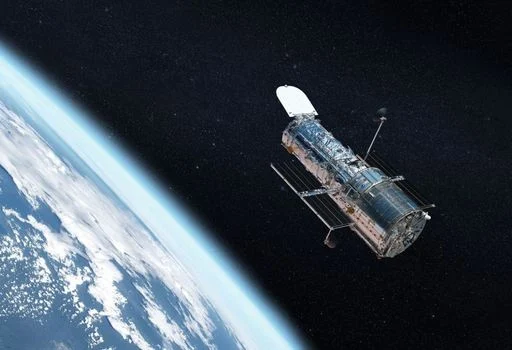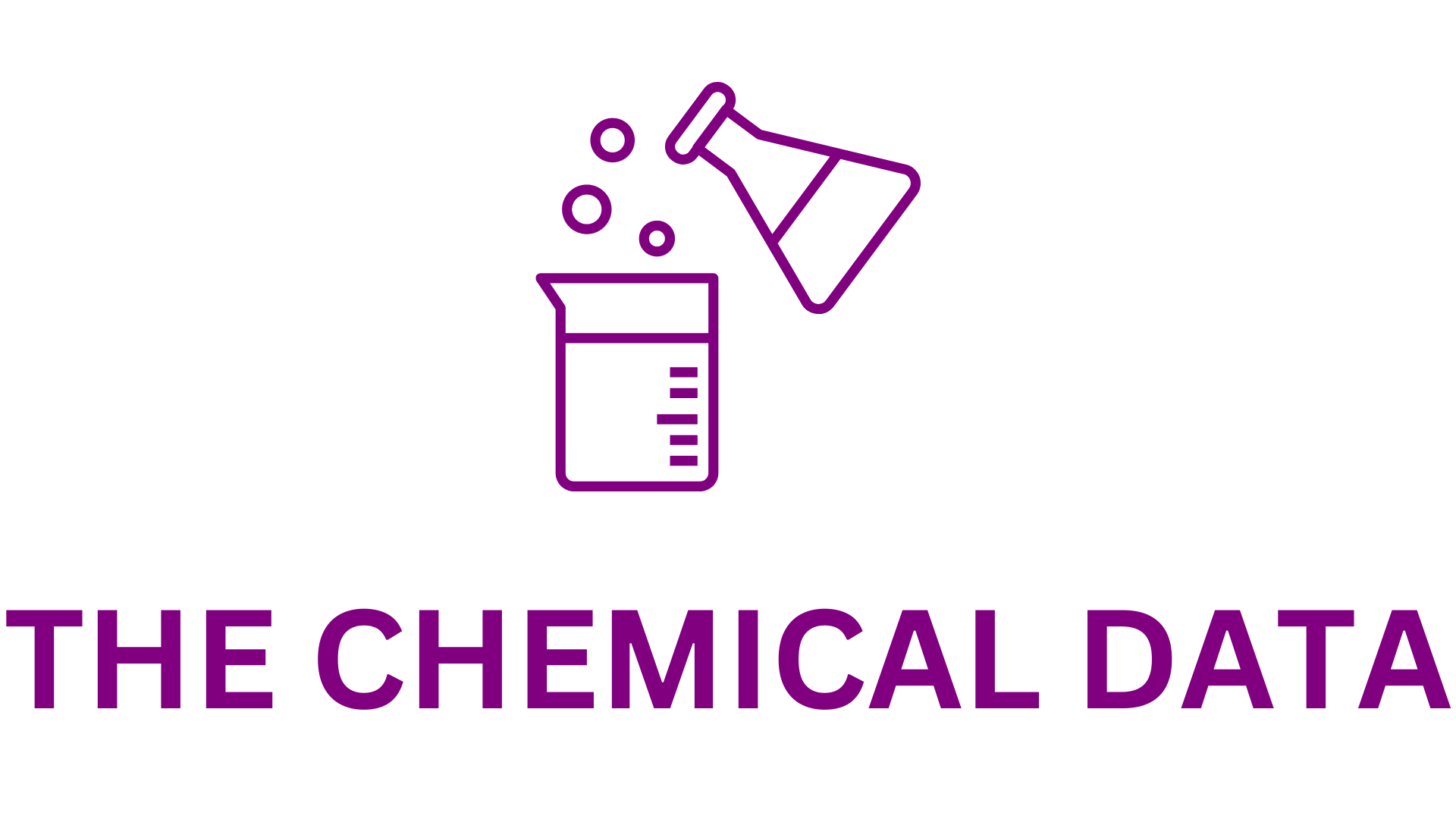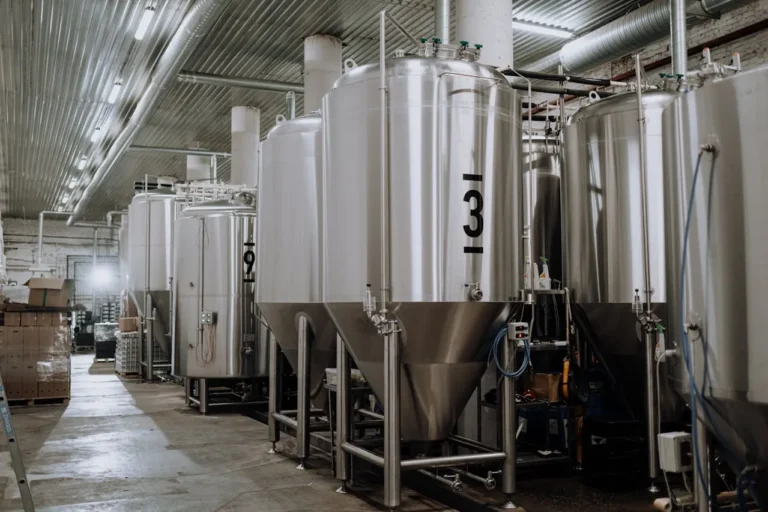
Air Products Completes Historic First Liquid Hydrogen Fill of World’s Largest Storage Sphere at NASA’s Kennedy Space Center
Air Products (NYSE: APD), the global leader in hydrogen supply, announced a major milestone in its long-standing partnership with NASA: the successful completion of the first fill of the world’s largest liquid hydrogen storage sphere at Kennedy Space Center in Florida. This achievement marks a significant step forward in supporting the next generation of space exploration, particularly NASA’s ambitious Artemis program, which aims to return humans to the Moon and lay the foundation for sustained lunar presence.
A Historic Hydrogen Fill for a New Era of Space Exploration
Located at NASA’s Kennedy Space Center on Merritt Island, the newly constructed liquid hydrogen sphere stands as the largest of its kind globally, measuring an impressive 90 feet in height and 83 feet in diameter. The tank is designed to support NASA’s heavy fuel demands for future space missions, especially Artemis launches, which use cryogenic liquid hydrogen and liquid oxygen as fuel for rocket engines.
To complete the initial fill, Air Products delivered over 50 trailer loads of liquid hydrogen — more than 730,000 gallons in total — to the site. This logistical feat highlights the company’s robust supply chain capabilities, ensuring consistent and safe delivery of highly specialized industrial gases to support one of the world’s most complex and demanding space programs.
“This hydrogen fill, which is Air Products’ largest ever for NASA, successfully demonstrates our ability to supply world-scale levels of industrial gases safely and reliably,” said Francesco Maione, President of Air Products – Americas. “NASA can confidently continue its important work for future missions to the Moon and beyond, knowing we have the capability and experience to meet its evolving needs.”
Supporting the Artemis Missions and Beyond
The liquid hydrogen stored in the new sphere will play a vital role in fueling NASA’s Artemis missions. These missions aim to land the first woman and the next man on the Moon, build a sustainable human presence there, and ultimately prepare for the next giant leap: sending astronauts to Mars.
Hydrogen has long been a critical component of NASA’s propulsion systems. In combination with liquid oxygen, it powers cryogenic engines that provide the high-energy thrust required for liftoff and deep-space travel. The new hydrogen sphere at Kennedy Space Center will significantly enhance NASA’s ability to store and deploy large volumes of liquid hydrogen on demand, making launch operations more efficient and reliable.
The Artemis program marks NASA’s return to crewed lunar exploration for the first time since the Apollo era, and the infrastructure supporting it must meet unprecedented demands. With the help of Air Products, the agency now has a state-of-the-art hydrogen storage facility that sets a new standard for cryogenic fuel systems worldwide.
A Partnership That Spans Decades
Air Products’ collaboration with NASA dates back to 1957, predating even the historic Apollo 11 Moon landing. Over the decades, the company has provided liquid hydrogen and other industrial gases for nearly every major NASA program, including:
- Mercury missions, America’s first human spaceflight program.
- Gemini and Apollo, which set the stage for lunar landings.
- The Space Shuttle program, which redefined reusable spacecraft.
- The Orion program, designed to carry astronauts beyond low Earth orbit.
Beyond Kennedy Space Center, Air Products has supported NASA’s propulsion and engine testing programs at several key facilities, including the Stennis Space Center in Mississippi, Johnson Space Center in Texas, and Marshall Space Flight Center in Alabama. These contributions have helped power everything from unmanned research satellites to Mars rovers and deep-space probes.
A Growing Role in the New Space Economy
While Air Products’ relationship with NASA is rooted in history, the company is also looking to the future. As the space industry undergoes a transformation — with increasing participation from private aerospace companies — Air Products is expanding its reach to support a broader range of space missions.

Today, the company supplies hydrogen and other industrial gases not only to NASA but also to a growing number of commercial spaceflight ventures. From launch providers to satellite companies and space tourism startups, Air Products’ cryogenic and gas delivery expertise is helping fuel the next phase of innovation in orbit and beyond.
“Our involvement in astronautics goes far beyond NASA,” noted Maione. “We are proud to support the expanding ecosystem of private space companies that are making access to space more frequent, more sustainable, and more innovative.”
Why Hydrogen Matters in Spaceflight
Hydrogen’s importance in spaceflight stems from its unique properties. As the lightest element, hydrogen can be cooled to a liquid state at extremely low temperatures, making it ideal for high-performance rocket engines. When combined with liquid oxygen, hydrogen produces one of the most powerful combustion reactions available, offering high efficiency and strong thrust.
Moreover, hydrogen plays a role beyond propulsion. In future lunar or Martian bases, hydrogen may be harvested from local resources like water ice and used for fuel production, electricity generation, or even drinking water through electrolysis. NASA’s increasing focus on in-situ resource utilization (ISRU) highlights hydrogen’s strategic importance not just for getting to space, but for staying there.
A Technological and Logistical Achievement
Successfully filling the world’s largest liquid hydrogen sphere required not only the coordination of dozens of shipments but also the expertise to manage complex cryogenic systems. Hydrogen must be stored at temperatures below -423°F (-253°C), and even minor inefficiencies or handling errors can compromise safety or result in product loss.
Air Products’ ability to execute this massive hydrogen delivery safely and efficiently underscores its position as a global leader in industrial gas logistics and cryogenic engineering. The company’s specialized hydrogen fleet, cryogenic transfer systems, and safety protocols are the result of decades of investment and experience.
With Artemis launches set to ramp up in the coming years and commercial spaceflight continuing to grow, Air Products is well-positioned to play a pivotal role in shaping the future of space exploration. The successful hydrogen fill at Kennedy Space Center is more than a logistical milestone — it’s a testament to the critical role that industrial partners play in enabling space missions.
Whether it’s helping NASA return to the Moon, supporting new Mars missions, or fueling the rockets of tomorrow’s private aerospace leaders, Air Products stands ready with the technology, expertise, and infrastructure to power humanity’s journey beyond Earth.
As Maione concluded: “This project reflects the core of what we do at Air Products — enabling the future with world-class technology and reliable supply. We’re honored to contribute to NASA’s bold vision and excited for what lies ahead in this new era of space exploration.”







